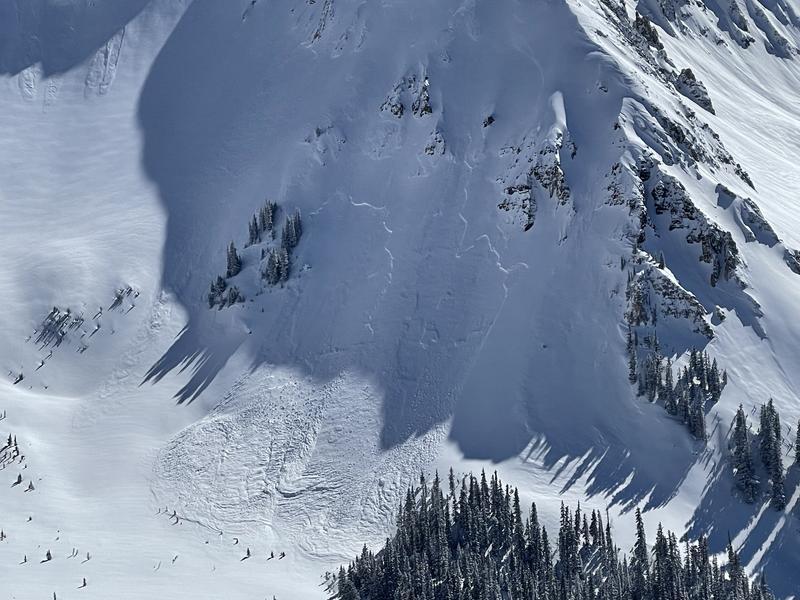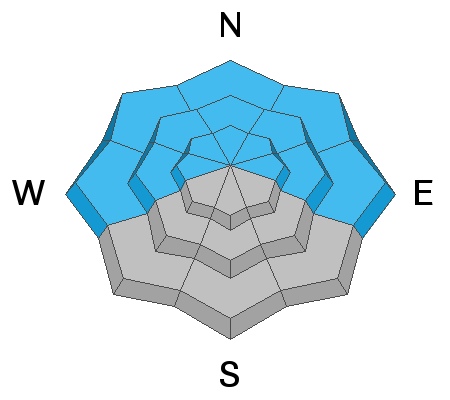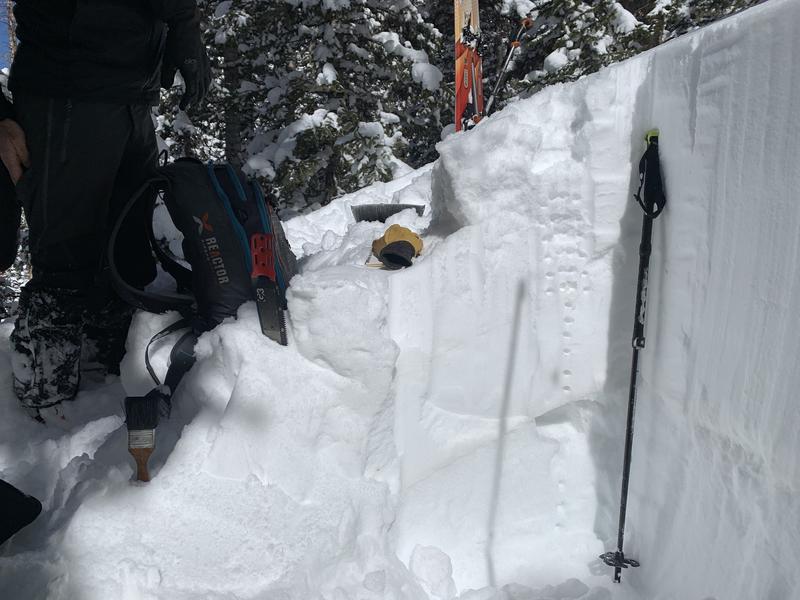Forecast for the Moab Area Mountains

Issued by Eric Trenbeath on
Saturday morning, March 12, 2022
Saturday morning, March 12, 2022
UNUSUAL AND DANGEROUS AVALANCHE CONDITIONS PERSIST THROUGH ALL ZONES IN UTAH AND MOST OF COLORADO!
The avalanche danger remains CONSIDERABLE on steep slopes facing NW-N-NE-E and human triggered avalanches failing on a buried persistent weak layer 2-3 feet deep are likely. It's not yet time to go big down here so keep your aspirations low if you are planning a trip to the La Sals. A MODERATE danger for triggering this type of avalanche exists on W facing slopes. Most S facing terrain has LOW danger.

Low
Moderate
Considerable
High
Extreme
Learn how to read the forecast here











